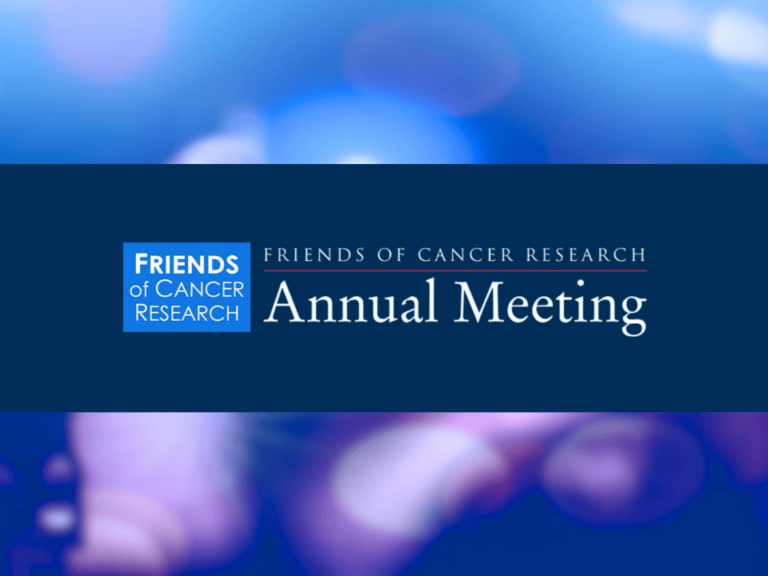FDA has approved Agilent Technologies Inc.’s PD-L1 IHC 22C3 pharmDx assay for expanded use.
The assay is now approved as an aid in identifying patients with head and neck squamous cell carcinoma for treatment with Keytruda (pembrolizumab), anti-PD-1 therapy manufactured by Merck.
Keytruda, as a single agent, is indicated for the first-line treatment of patients with metastatic or unresectable, recurrent HNSCC whose tumors express PD-L1 (CPS ≥ 1) as determined by an FDA-approved test.
PD-L1 IHC 22C3 pharmDx is the only companion diagnostic FDA-approved to aid in the identification of HNSCC patients for treatment with KEYTRUDA. HNSCC is the fifth cancer type for which PD-L1 IHC 22C3 pharmDx has gained FDA approval in the U.S.
Keytruda is a humanized monoclonal antibody that increases the ability of the body’s immune system to help detect and fight tumor cells. Keytruda blocks the interaction between PD-1 and its ligands, PD-L1 and PD-L2, thereby activating T lymphocytes, which may affect both tumor cells and healthy cells.
Agilent developed PD-L1 IHC 22C3 pharmDx in partnership with Merck & Co. PD-L1 IHC 22C3 pharmDx also helps physicians identify non-small cell lung cancer, cervical cancer, gastric or GEJ adenocarcinoma, and urothelial carcinoma patients for treatment with Keytruda.
PD-L1 expression in NSCLC tissues is interpreted using Tumor Proportion Score. PD-L1 expression in HNSCC, urothelial carcinoma, cervical cancer, and gastric or GEJ adenocarcinoma tissues is interpreted using Combined Positive Score.











